Chef Daniel Humm and restaurateur Will Guidara have been showered with accolades since taking the reins at Eleven Madison Park from Danny Meyer in 2011. Now they’ve seized the No. 1 spot atop the prestigious World’s 50 Best Restaurants list, only the second American restaurant to earn the honor. With a forthcoming makeover set to begin on June 4—EMP is popping up in East Hampton for the summer—Surface got an exclusive look at the final tasting menu, a compendium of the best dishes served at the restaurant since the duo joined in 2006. We also talked with Humm about his creative process, flavor memories, and what EMP has in store next.
Chef Daniel Humm on Eleven Madison Park's Greatest Hits
The newly anointed world’s best restaurant gave Surface an exclusive look at the retrospective menu debuting today, its last before closing to undergo a renovation this summer.
The newly anointed world’s best restaurant gave Surface an exclusive look at the retrospective menu debuting today, its last before closing to undergo a renovation this summer.
Photos by David Williams April 11, 2017
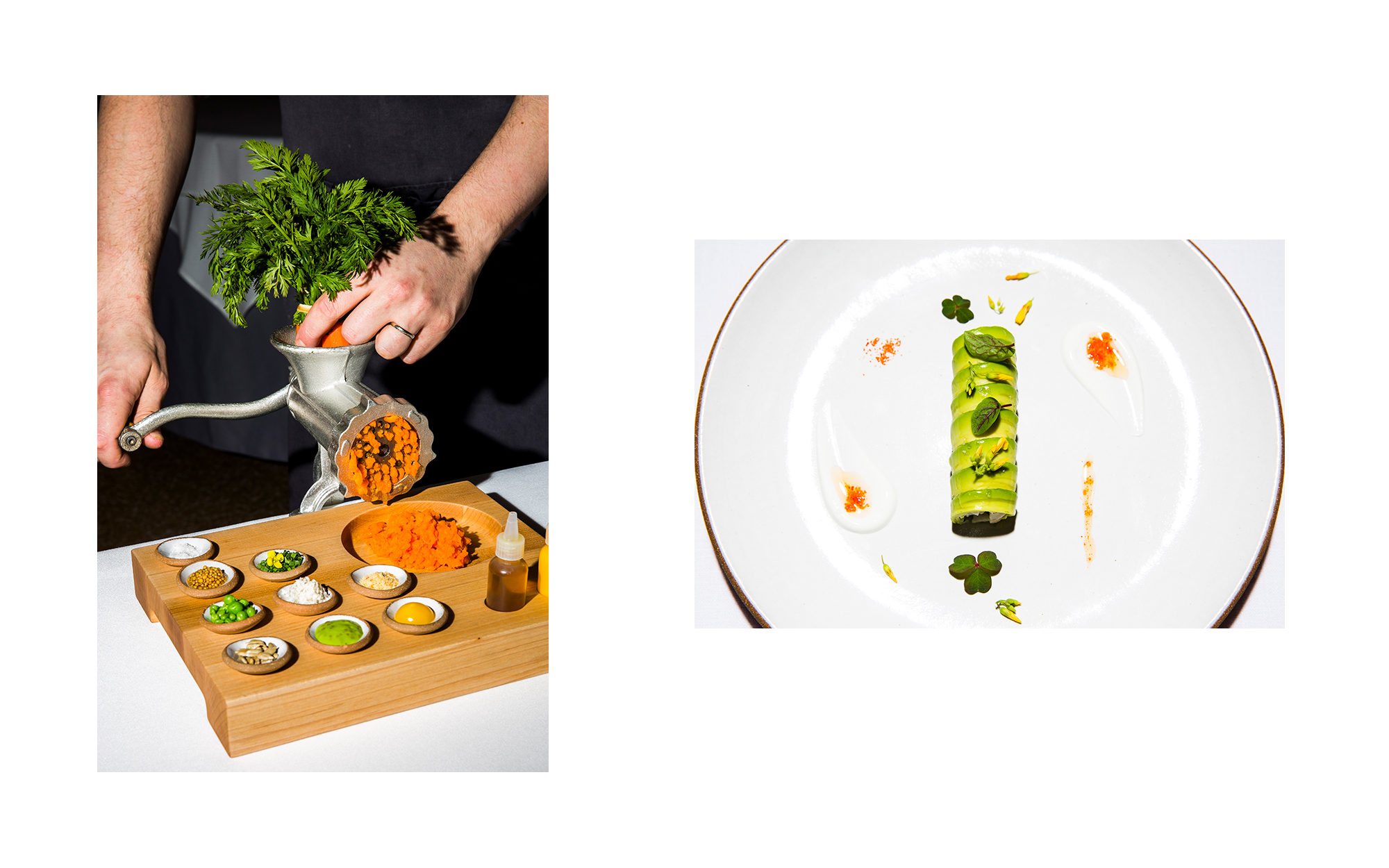
Congratulations on being crowned the world’s best restaurant. How does it impact Eleven Madison Park going forward and do you feel more pressure now with the added attention and, presumably, scrutiny?
It’s still a very new thing and we’re all wrapping our heads around the honor, but in six months’ time we’ll be as focused as ever on the upcoming projects with the same amount of care and intensity as before the awards. There will of course be more external pressure and attention, but we can’t let the noise get to us or change the way we think.
How did you decide which dishes made the cut for this “best-of” menu?
It wasn’t instantaneous, but some dishes we immediately knew had to be on the menu: the carrot tartare, for instance, or the prawn-and-avocado roulade. But the way we selected dishes also varied. Some were really important for our growth, others caught on with guests, and there were those that were critically very important. Sometimes what was important to us may not have resonated with others, or what became a guest favorite we never expected. It’s been really special to reflect back on all those dishes.
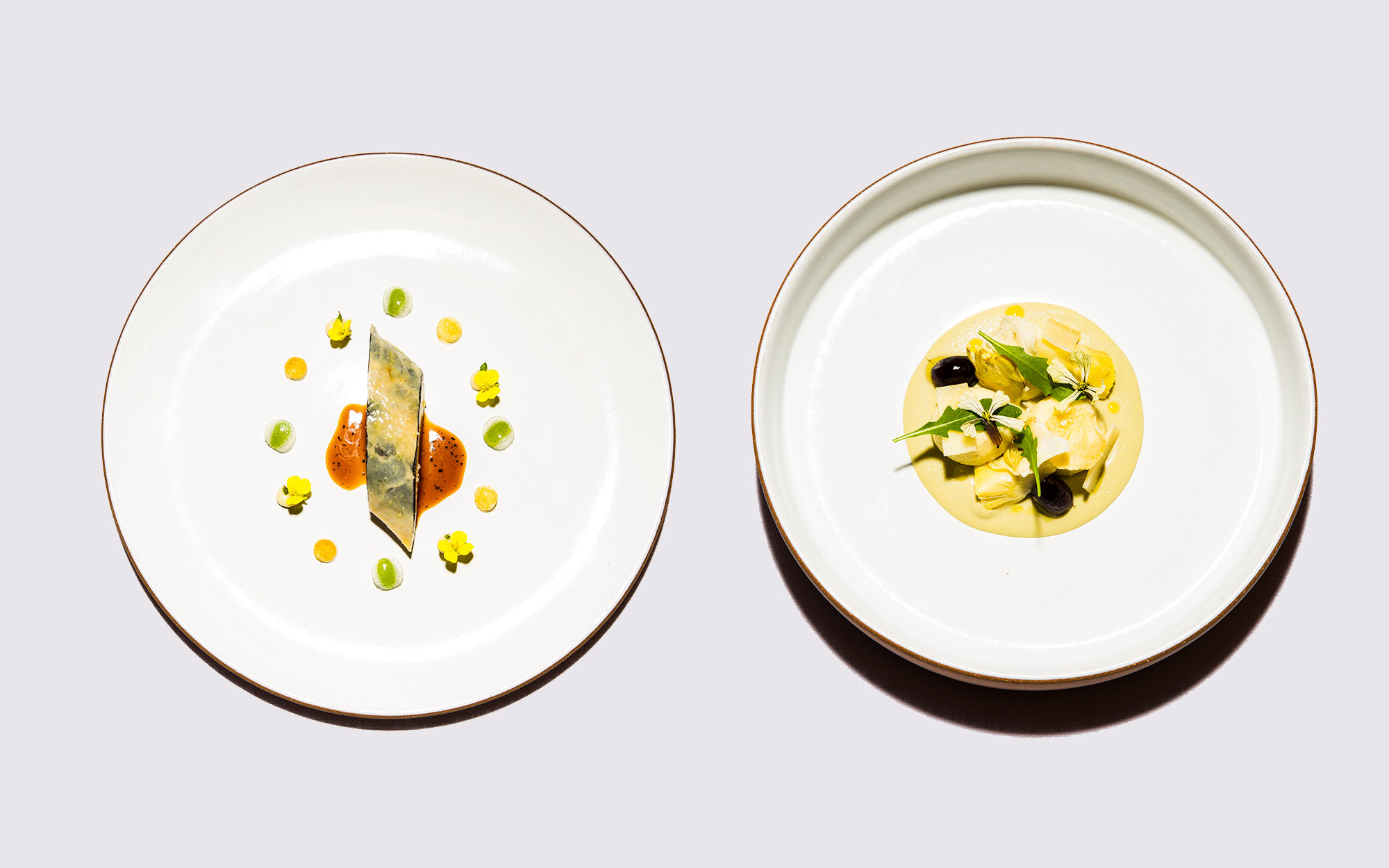
How has EMP evolved since you first opened and how do you envision its next act?
When I first arrived in New York we looked to some of the world’s best restaurants for inspiration. But over time we learned that we needed to develop our own point of view and that it was more important to look beyond our industry for inspiration. We found ourselves looking to artists, musicians, and architects, among others that we admired. What I value in a dish has evolved as well. I’m no longer looking for what I can add to a dish, but instead how I can find ways to remove something from the plate—the less-is-more approach. All of our dishes must now contain our four fundamentals, a language we developed to help guide our cuisine, which are: beautiful, creative, intentional, and delicious. That being said, we’ve also had some constants, the biggest being collaboration, which will remain a core value as EMP continues to evolve. From day one Will and I always wanted to run a restaurant from both the dining room and the kitchen.

I read that you chose the architect Brad Cloepfil for the renovation because he is a regular and understands the restaurant. Why was that important?
Changing the restaurant is a hugely personal experience for me and Will. It’s been our home for more than 11 years—we’ve grown up there. So for us to change the restaurant, it’s emotional, and we wanted someone who had a personal connection to be a part of the process. Brad has been a regular, so this place is meaningful for him as well, and it allows the plans we have for the renovation to be even more thoughtful. With Brad leading the renovation we feel confident the restaurant can truly be a reflection of us designed by people who have a vested interest in it.
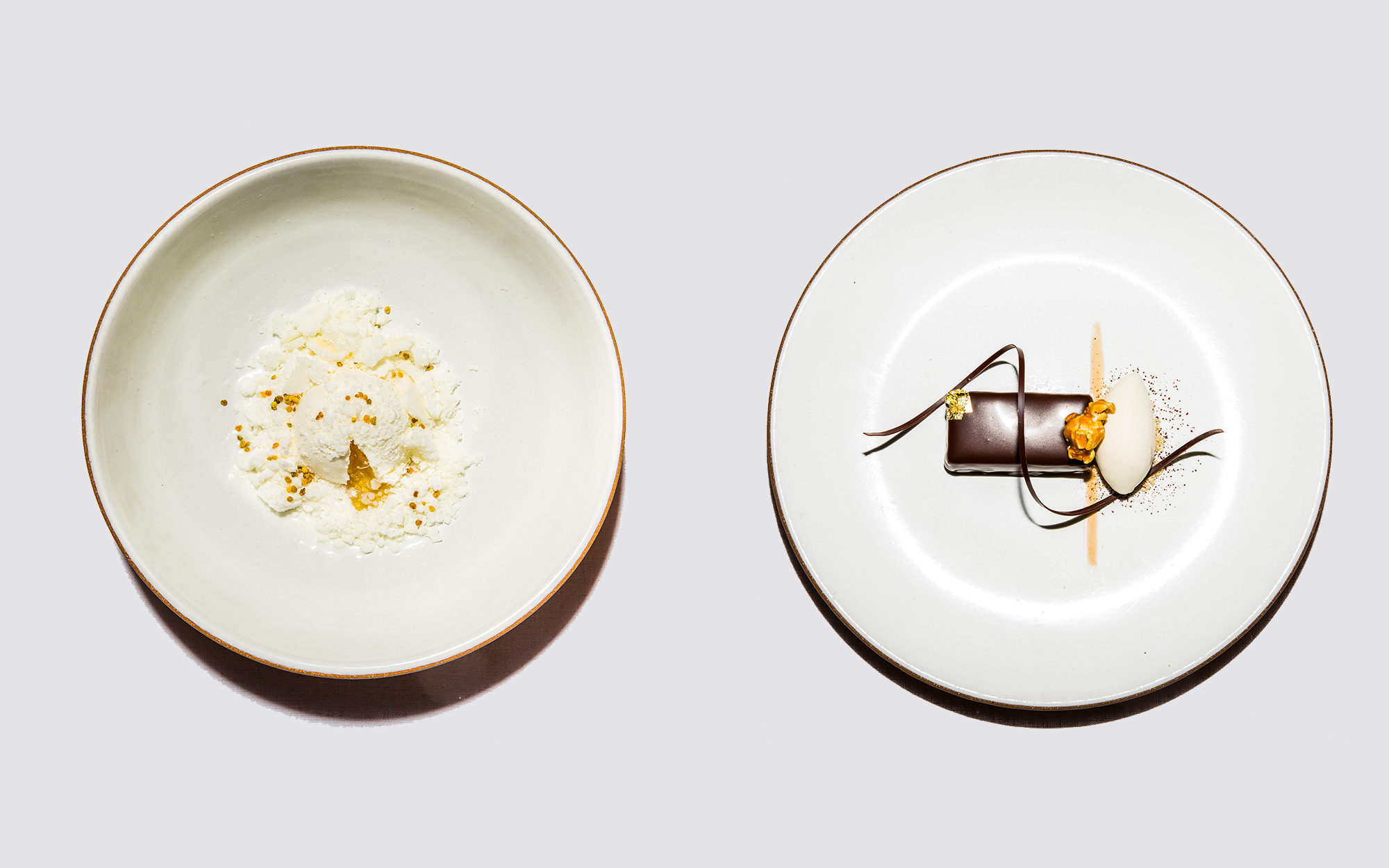
The food at EMP has earned you guys many accolades, but I’ve always been equally impressed by the artful plating. Do you sketch the dishes first or just try different arrangements until something feels right?
Every dish must contain the four fundamental elements I mentioned earlier, and that applies to the plating as well as the flavor. Sketching has definitely been a big part of my creative process. I’ve been doing it for decades now and have dozens of notebooks from early on in my career through today with sketches of dishes.
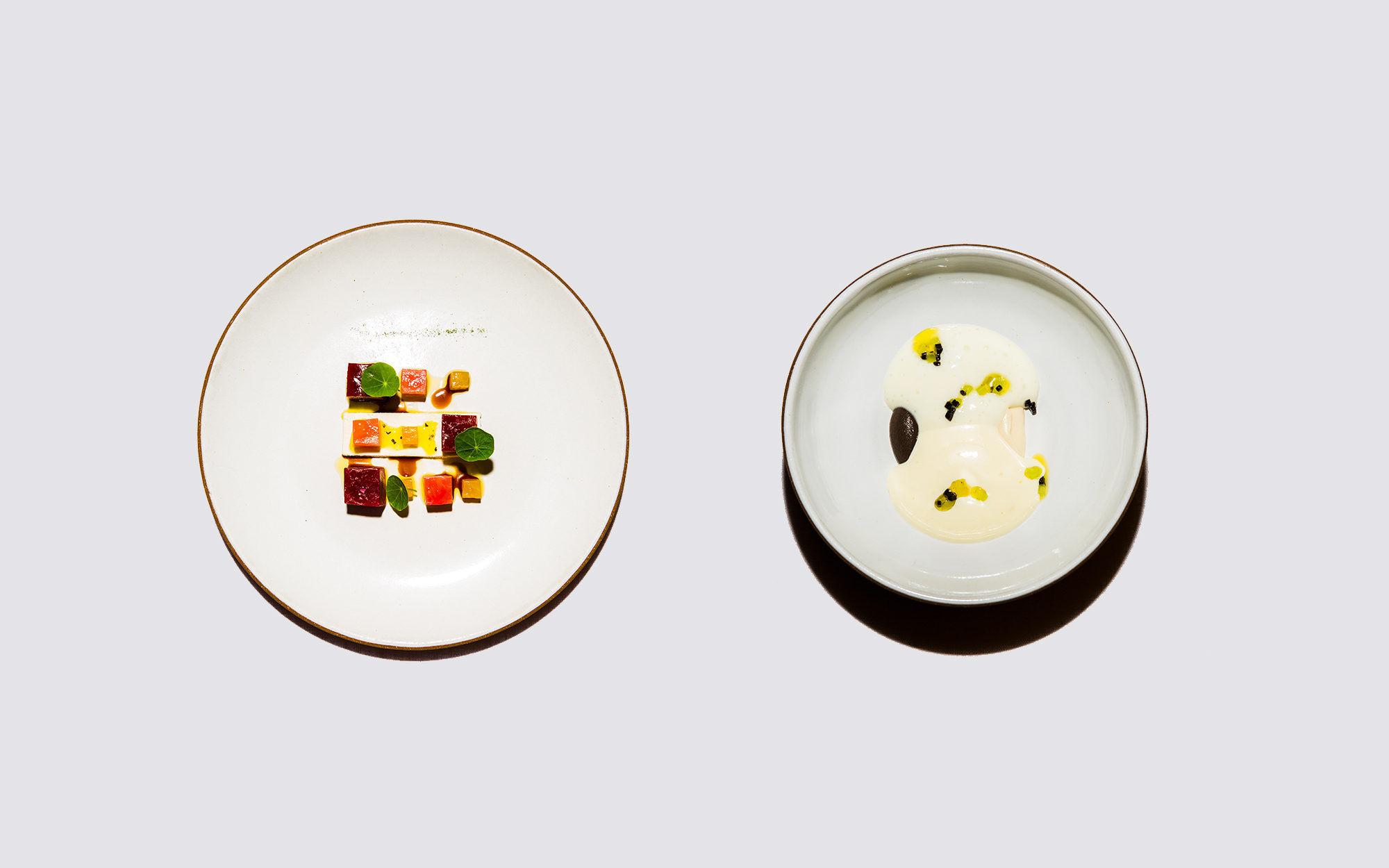
Why is plating important and how does it impact the experience of eating and taste?
The saying that you “eat with your eyes” is certainly true, so having a dish that’s beautiful and compelling is important. But for me it’s also essential that food is creative. There’s something stunning about simplicity to me. If we can achieve beauty with a simple presentation then I feel that the impression on the guest is even more impactful.
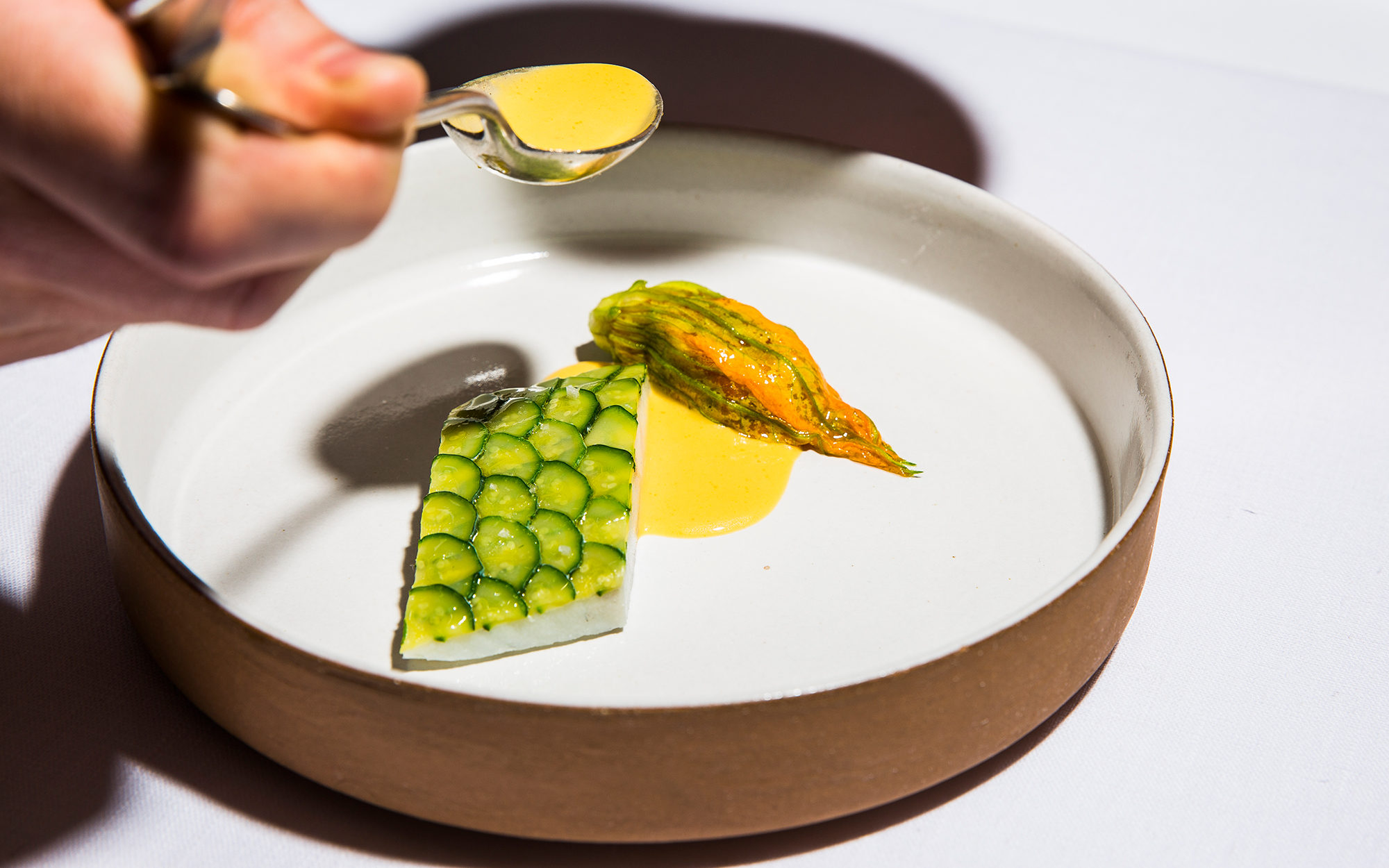
What are some of your favorite dishes on the menu in terms of plating and presentation?
I’ve had different favorites at different stages, but if I had to choose two favorites in terms of presentation, I’d say the prawn-and-avocado roulade and the turbot. Both were conceived around 2007, at a time when our food was really driven by technique and precision. The prawn-and-avocado roulade was temperamental and needed a very lengthy process. The turbot pays homage to the scaling technique of Frédy Girardet and, more famously, Joël Robuchon. Both dishes ended up being breakthroughs for the restaurant.

I imagine putting together this menu was nostalgic.
Food is so personal and this experience was very emotional. It really put me back to different points of time in my life, not only when it came to the restaurant, but where I was personally. And through the process I was also reminded how powerful flavor memories can be—certain tastes really transport you and make you feel like you did at a specific time 10 years ago. It’s very powerful. Whether it’s a dish like milk and honey, which reminds me so intensely of being a child and of my mother, or the foie gras torchon with maple, which is one that I served to Danny Meyer at Campton Place and ultimately led to me moving to New York City—it’s been an incredibly reflective experience.
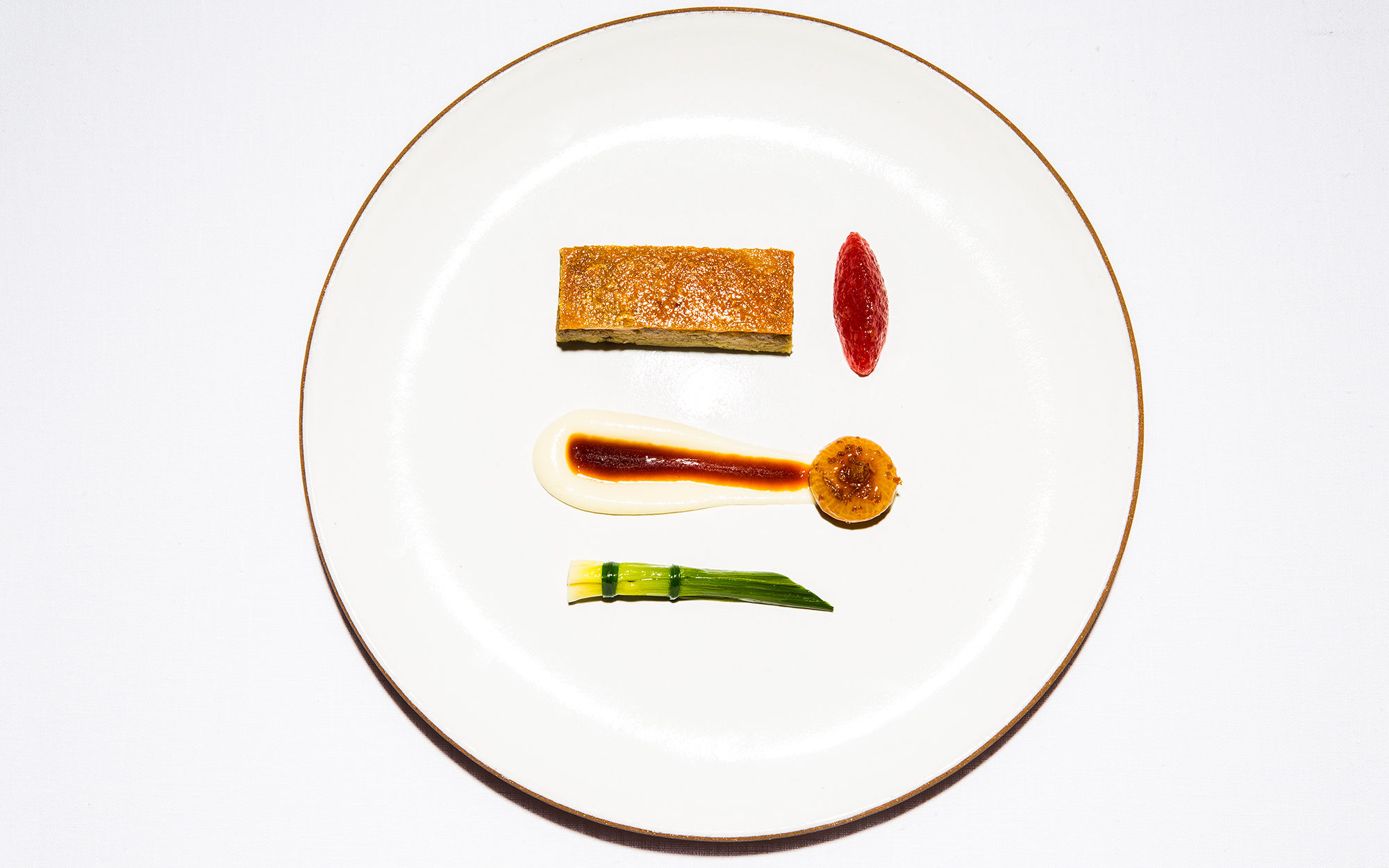
If you could only choose one dish on this menu to eat, which one would it be?
The suckling pig, because that was the first really important dish in my career. I started working on it back in Switzerland and, along with the foie gras torchon with maple, it played a big role in my working at Eleven Madison Park. It became hugely popular, so much so that we developed an entire suckling-pig menu around it.
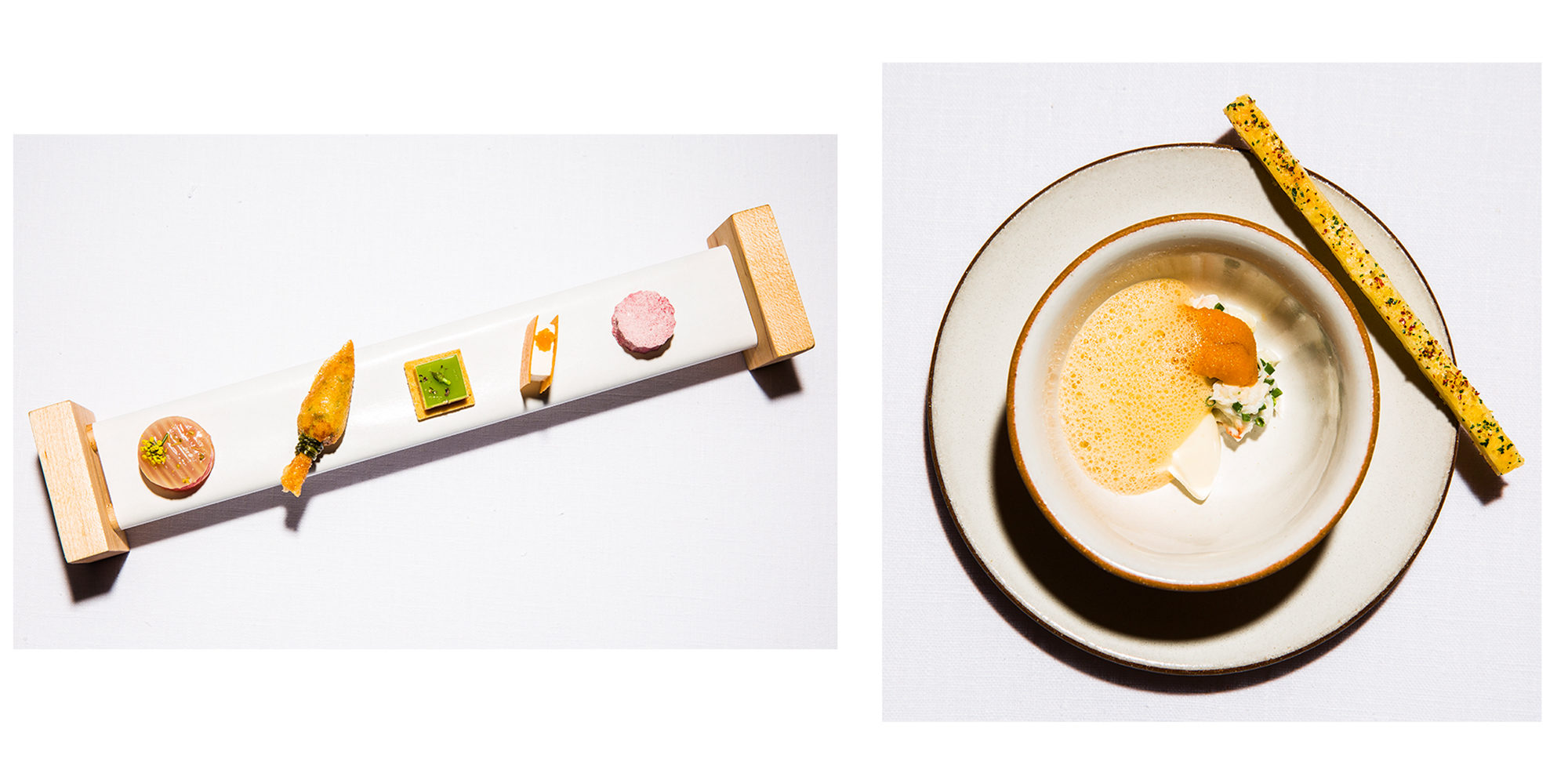
This menu obviously has a profound narrative. What do you want the many regulars and fans of the restaurant to take away from the experience?
The story behind each dish is very strong. I think of it like a “best-of” album—it’s not just the best critical tracks, but those that were important to the artist’s career as well. What’s different is that with the album those tracks will always exist, but a dish is consumed and then gone. It took quite some practice for our team to bring these dishes to life exactly the way they were, even though we’ve cooked them before and written cookbooks about them. One of the magical things about cooking is that there are so many details that can’t be put on paper or in a recipe: textures, acid, temperature, and more. I hope our guests enjoy it, I’m so excited to serve these dishes again and to create this wonderful narrative of the past eleven years through the menu.
[Opening dish: Clam Bake with Parker House Rolls and Chowder (2011-2012).]